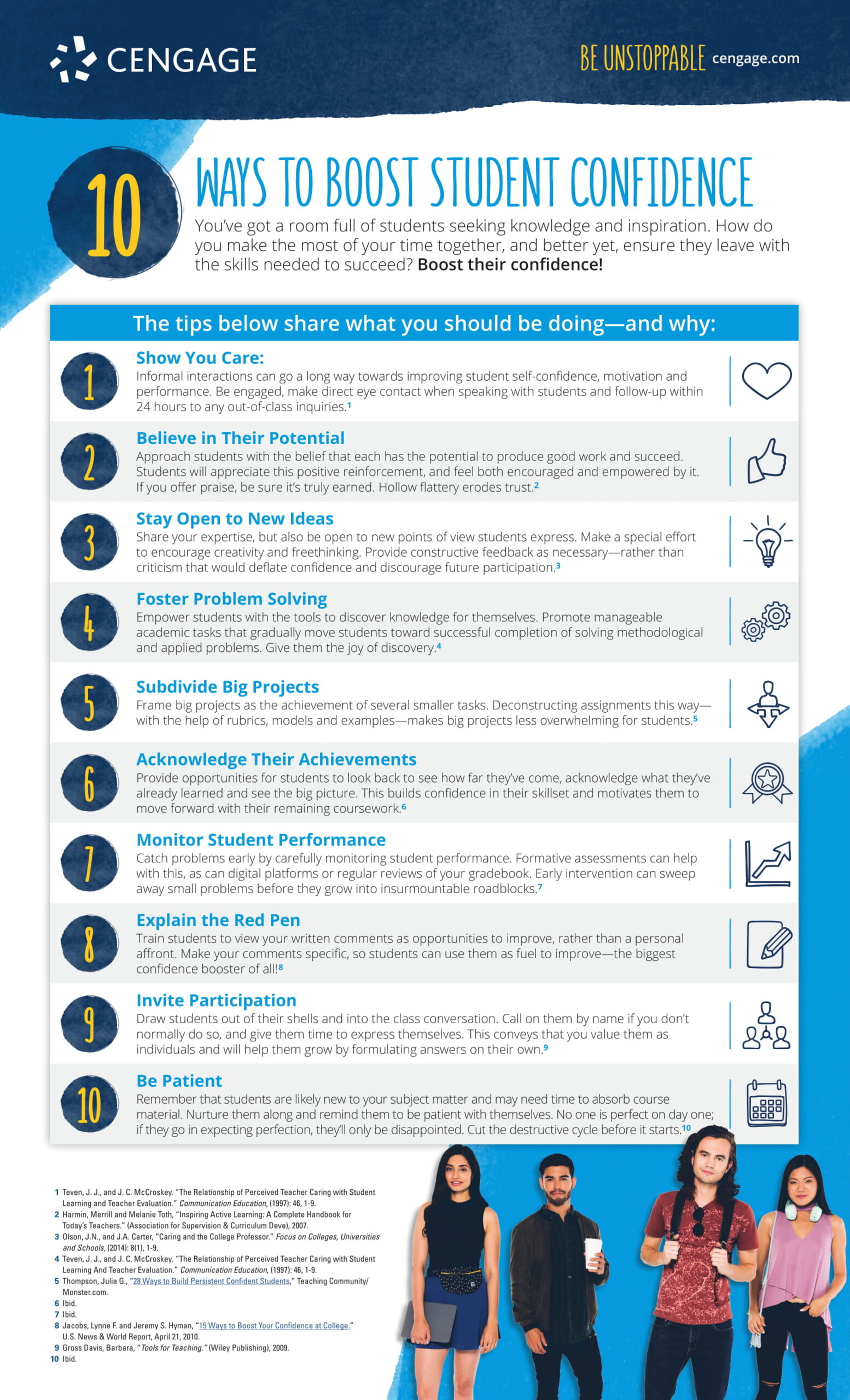Janet Mizrahi is a continuing lecturer who teaches professional writing at the University of California, Santa Barbara. She is also an author at BizCommBuzz.
[Portions of this post originally appeared in BizComBuzz but have been updated to reflect the pandemic’s effect on our students.]
Even before COVID-19 turned our world upside down, I had noticed a marked uptick in anxious students. This past winter quarter, I was leaving class when I noticed one of my most endearing students looking like she might break down any second. I sat with her, talked her down, gave her a hug (ah, for the good old days) and she ended up doing extremely well in the course. But I can only imagine how our students feel today.
Heightened Student Anxiety from COVID-19
A recent U.S. News & World Report article reported on a survey by national mental-health advocacy group Active Minds. The survey found that 80 percent of college students polled claimed COVID-19 has had a negative impact on their mental health, with one-fifth saying it caused significant worsening of their mental health
This isn’t just because students are disappointed about missing their college experiences. The same survey results showed that 85 percent of students reported that the hardest part of the stay-at-home orders has been staying focused on school and work amid distractions. An article in The Chronicle of Higher Education on the same topic cites “uncertainty” as a source of students’ pandemic-based anxiety, and claims the outbreak has led to the loss of their traditional coping techniques. Other sources say the lack of support networks on campus, loss of work-study programs, and access to technology further exacerbate the situation.
My own graduating seniors are concerned about their job prospects in this unsure economy. What’s worse is that these anxious students are not receiving the help they need in the form of one-on-one therapy because of limited resources and access.
What Can We Do as Educators to Help?
Instructors aren’t therapists, but we do care about our charges. And since student anxiety doesn’t look as if it’s going away anytime soon, below are some tips for helping students cope.
Be flexible.
If ever there was a time to adopt a kinder, gentler teaching persona, now is it. We have the ability to take individual situations into consideration with regards to due dates and pedagogical expectations. Although being flexible may increase our own workload, I know I feel better if I can ease my students’ concerns about my course, if nothing else.
I’ve been meeting with students on the phone and at the end of Zoom sessions. I always begin with small talk and then segue to whatever issue the student is having. Whereas in in the past I would have encouraged the students to come up with their own solutions, now I’m just telling them what I think they should do (for my class, anyway). Making reasonable accommodations and offering a little extra push can help students get through, and that is no small feat in this climate.
Maintain structure.
According to the Harvard-affiliated McLean’s College Mental Health Program, routine is an important way to help keep things normal, or as normal as we can attain right now. This is why I like synchronous class sessions. Students are used to the model of going to class. Even if I have a workshop day planned with no lecture, I open up a Zoom meeting and check in with students as they work on assignments. It’s another way to connect and to show them their instructor is there for them.
Encourage students to interact.
I ask my students to form groups I call “learning pods” early in the quarter so they have buddies to ask about a missed class, to work with on small group projects, and to support one another. This quarter, I suggested forming groups of three (which I assigned, going alphabetically) and let the groups choose the technology that allows them to talk and collaborate. It seems to be working. By encouraging this kind of interaction, we help students form relationships during this time of isolation.
Validate their experience.
While we cannot change the quarantine, we can show students we get how frustrating it can be. I try to empathize with my students once a week so they know I know how difficult this is. I even share my own disgruntlement with the quarantine (and humanize myself by allowing my dog into the room when I meet with my classes).
Sometimes, when I am exhausted and worn down after a day in front of my computer, I just think about my daughters when they were in college, and I act the way I’d hope their instructors might have if my girls were in this mess. It’s not my normal “tough” teacher persona, but these are not normal times.
Resources to Support Students’ Mental Health
If you’re looking for additional information on how you can support students during and after the COVID-19 crisis, a wealth of helpful mental health support resources can be found on the Anxiety and Depression Association of America’s website as well as the California Department of Education’s website for students in crisis.
Want additional resources to help you support your students in the shift to online learning?




